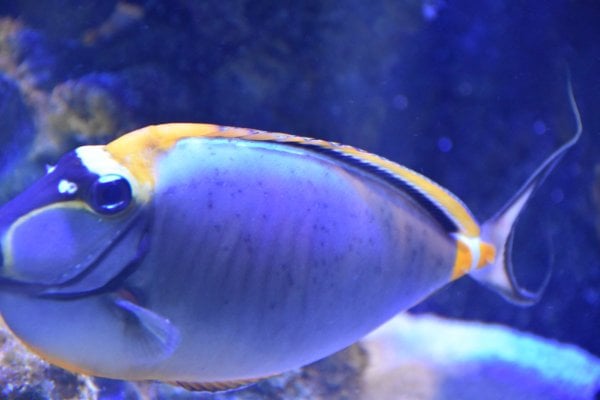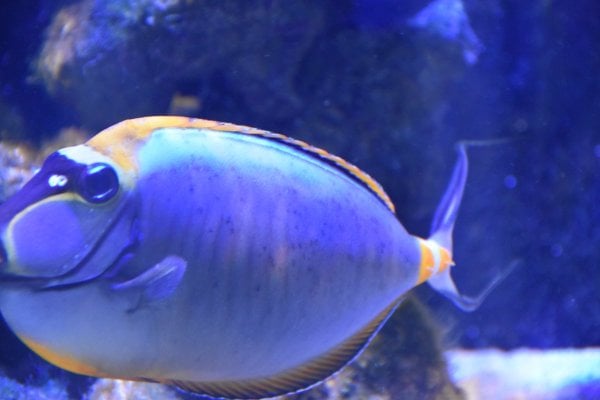Hi Guys,
Any help would be appreciated. Got this new fish recently i know i shouldve done a quarantine but i didnt. Added this Naso tang, he's eating and he seems to be going good. He is also fairly active swimming from left to right but i assume thats just his personality. But i've noticed these black spots like the ones in the image. Not sure if this is normal or black spots. I've tried my best to get a picture with the spots. If its not clear enough let me know. Im considering adding API General Cure into this tank? What do you guys think?

Any help would be appreciated. Got this new fish recently i know i shouldve done a quarantine but i didnt. Added this Naso tang, he's eating and he seems to be going good. He is also fairly active swimming from left to right but i assume thats just his personality. But i've noticed these black spots like the ones in the image. Not sure if this is normal or black spots. I've tried my best to get a picture with the spots. If its not clear enough let me know. Im considering adding API General Cure into this tank? What do you guys think?




























